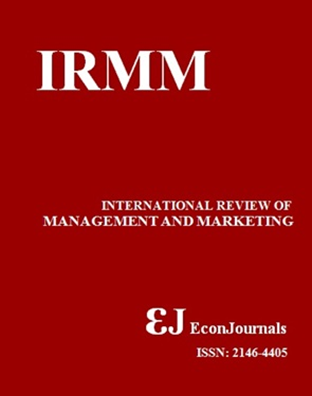Investigating the Impact of Cyberspace Usage on Employee Productivity in Afghanistan’s Public Sectors: A Case Study of Badakhshan and Parwan Provinces
DOI:
https://doi.org/10.32479/irmm.14886Keywords:
Cyberspace, Employee Productivity, Public Sector, Employee’s Perspective, Client’s PerspectiveAbstract
Employees are arguably the most valuable asset of any organization since they can create value and provide organizations with a long-term competitive edge. Therefore, they are crucial to the organization's success, and the effectiveness of the organization is determined by the productivity of its workforce. It has become increasingly common for employees to use cyberspace extensively at work, often causing work to be postponed and resulting in client dissatisfaction. The primary objective of this study was to determine whether employees' time spent in cyberspace impacted their performance and their relationships with clients. The sample was drawn at random from employees whose workplaces had internet access as well as clients of the organization. We use the Analysis of Variance (ANOVA) test and Pearson's correlation coefficient to determine the strength of the relationship between the variables. The results of the study indicate that employee productivity is negatively correlated with Cyberspace Activities at Office Time (SAO).Downloads
Published
2023-09-12
How to Cite
Behmanush, H., Jawed, M., & Zafar, M. Z. (2023). Investigating the Impact of Cyberspace Usage on Employee Productivity in Afghanistan’s Public Sectors: A Case Study of Badakhshan and Parwan Provinces. International Review of Management and Marketing, 13(5), 26–32. https://doi.org/10.32479/irmm.14886
Issue
Section
Articles




